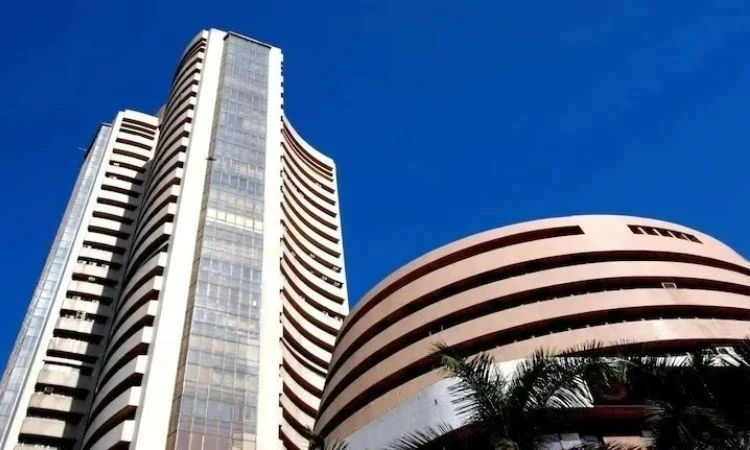The analysis stated that robust demand dynamics, combined with limited new supply, will keep the industry’s operating performance solid in the short future.

According to research released on Monday, the hospitality industry is predicted to grow by 11-13 percent in revenue in 2024-25 due to consistent domestic demand and an increase in overseas tourists. According to Crisil Ratings, this revenue gain will come after an anticipated 15-17 percent increase in the current fiscal year, fueled by strong local demand and an increase in overseas visitors.
The report also stated that robust demand dynamics, combined with limited new supply, will keep the industry’s operating performance solid in the short future.
According to the analysis, good operating performance will bode well for industry profitability, as EBITDA, or earnings before interest, taxes, depreciation, and amortization, will maintain its strong momentum over the current and next fiscal years.
The research stated that this, combined with low capital spending, will maintain strong credit profiles.
“Domestic travel demand, which has been a key driver this fiscal year, will continue to be strong next year. This momentum will be backed by strong economic activity, which fuels corporate demand, as well as ongoing leisure travel demand, which has been rejuvenated since the pandemic. While demand will continue strong, growth is projected to slow next fiscal year due to a high base,” Crisil Ratings Director Anand Kulkarni said.
As a result, average room rates (ARRs) are likely to rise 5-7 percent next fiscal year, compared to 10-12 percent this year, while occupancy is expected to remain stable at 73-74%, he added.
On the other side, the survey stated that, despite an increase this fiscal year, international tourist arrivals in India are expected to remain 10% lower than pre-pandemic levels, and that a recovery in the same will boost hotel demand next year.
Furthermore, demand in the MICE (meetings, incentives, conventions, and events) category is projected to continue strong as corporations resume their activities following the pandemic-induced hiatus, it said.
In addition to demand, a favorable supply situation is a key driver of the hotel industry’s good performance.
According to the Economic Times, “Greenfield Capex is likely to continue to moderate, with new room additions at 4-5 percent every fiscal year for the next few years. While the increase in demand has bolstered industry sentiment, cost dynamics continue to be a constraint on new capital expenditure.
“High land costs, significant increases in building expenses, a protracted gestation period, and cyclicality in the sector are all contributing to cautious new expenditure. As a result, brands may continue to build rooms through management contracts, lowering their upfront capital expenditures,” Crisil Ratings Director Nitin Kansal said.
According to the report, the impact of favorable demand-supply dynamics may be seen in the industry’s operating profitability.
According to the report, ARR-driven revenue growth often results in higher profitability because operational costs do not rise proportionally.
Furthermore, the survey discovered that hotels have implemented a number of cost-cutting strategies during the previous two fiscal years, including better labor planning and food and beverage expense optimization.
While costs are likely to rise gradually, operating leverage will help sustain excellent operating profitability, at 32-33 percent for the current and next fiscal years, similar to the previous year, it added.














